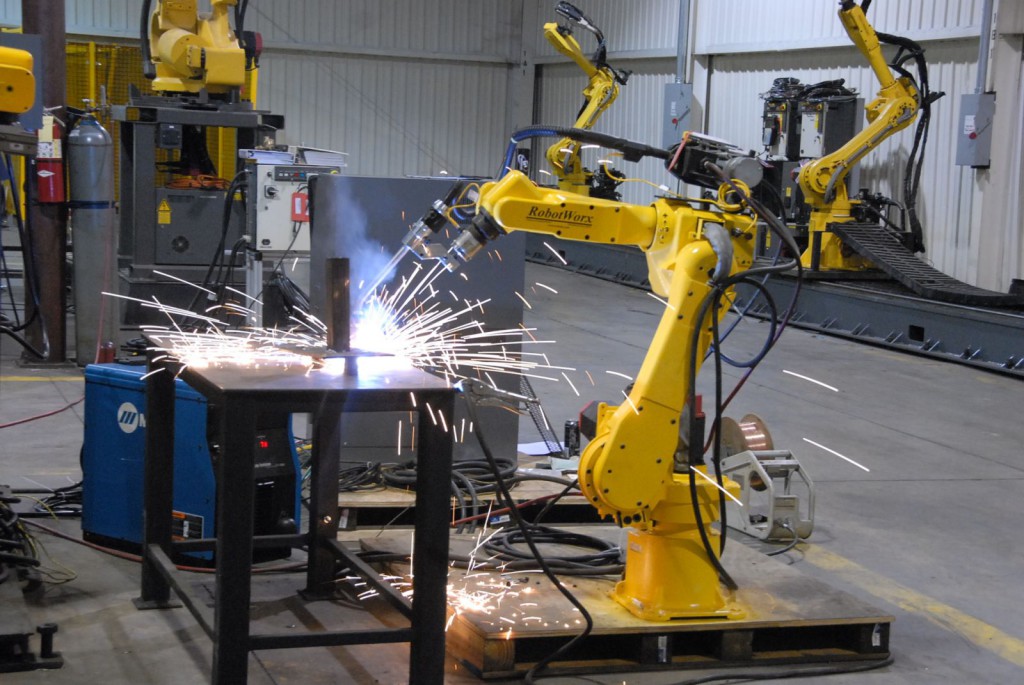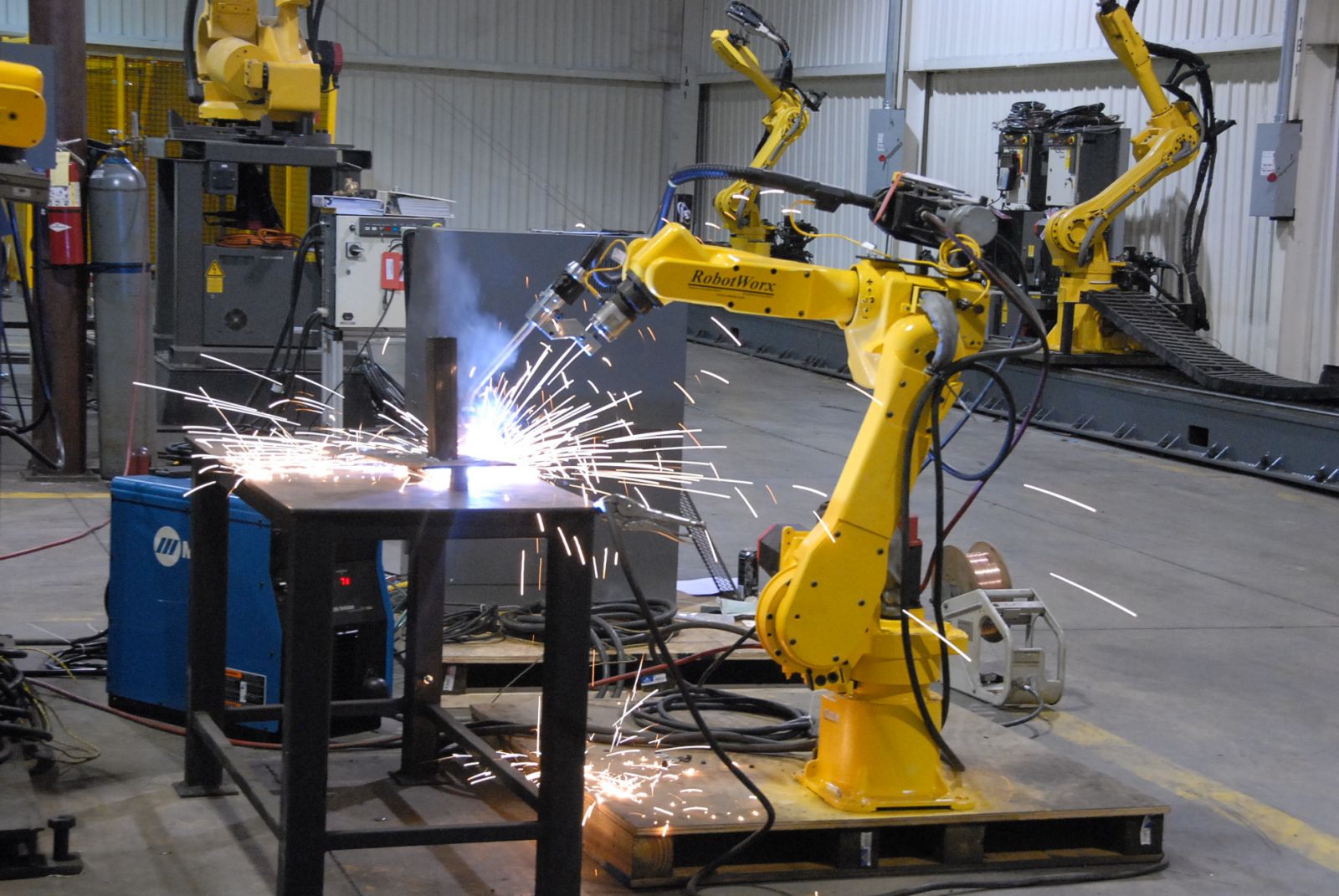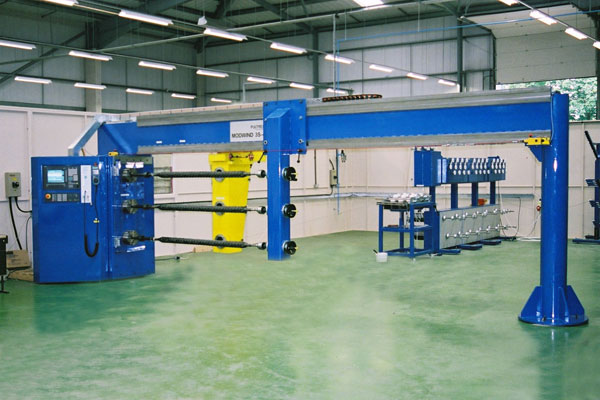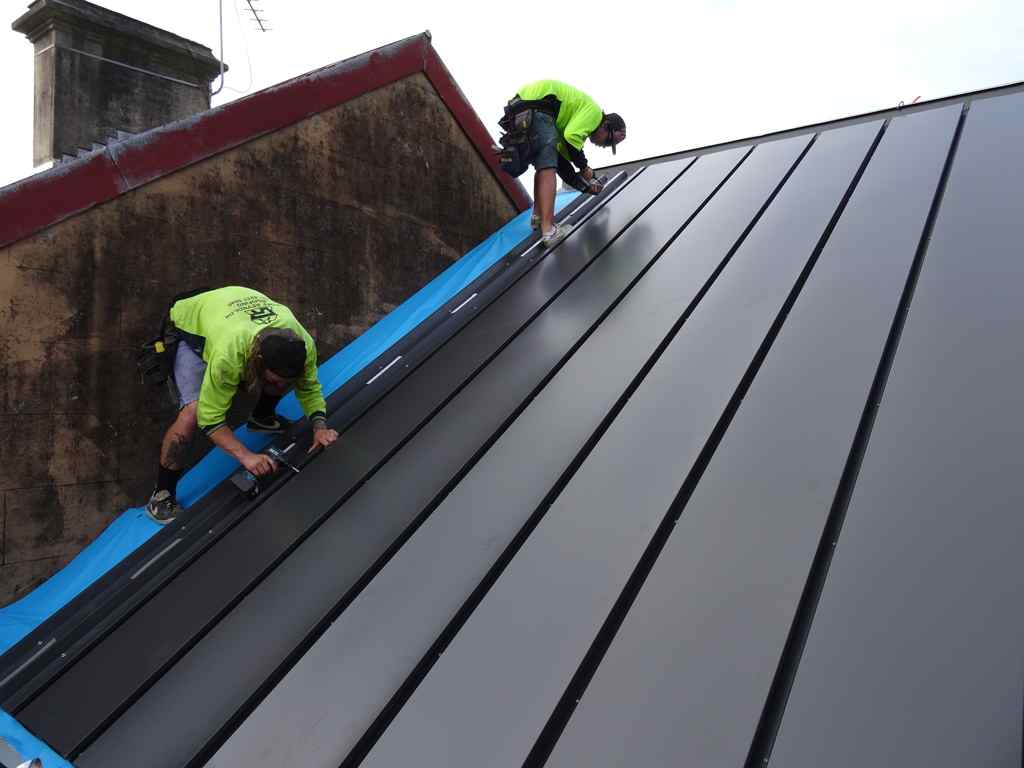We’ve all seen robots of various types and functionality. First seen in classic movies, modern day robots have evolved into practical “tools” that are used as a simple vacuum cleaner to a highly sophisticated aspect to improving the productivity of creation and manufacturing of products of many different types and uses.
In fact, welding has found a use for robots. The use of robots for welding projects has increased steadily over the past decade or so. Robot welding is the use of mechanized programmable tools (robots), which completely automate a welding process by both performing the weld and handling the part.
Part of the appeal for using robots is that they are reprogrammable. Additionally, they can perform multiple functions and be used to increase quality the quality and performance of processes.
Robot arc welding has begun growing quickly just recently, and already it commands about 20% of industrial robot applications. The major components of arc welding robots are the manipulator or the mechanical unit and the controller, which acts as the robot’s “brain”. The manipulator is what makes the robot move, and the design of these systems can be categorized into several common types, such as the SCARA robot and cartesian coordinate robot, which use different coordinate systems to direct the arms of the machine.

One of the most popular types of robots are:
Rectilinear robots, which move in a linear fashion in any of the X, Y or Z axes. On top of this linear movement, the rectilinear robot has a wrist attached to the robot to allow for some rotational movement.
Articulating robots are a bit different in that they use rotating joints and arms. This essentially gives the robot a more human-like movement and has a rotating wrist.
Some Advantages of Using Robot Welding Include:
– Faster welding cycle times
– No breaks in production
– Better quality weld product
– Less wasted material
– Consistent weld seam
– Removes workers from hazardous work environments
– More precision, flexibility to reach hard-to-reach spots
– Saving money through speed, quality production and fewer labor costs
– Easier Maintenance
– More Controls Available
– Weld monitors
– Number of axes
– Reliability
– Fixtures
– Programming
– Seam tracking systems
Engineering companies who create machinery for manufacturers have increased the use of robots and automation to further enhance the processes in their day to day operations. Automation can help business improve upon the quality of their operations and reduce costs. EagleEngineering for example, employs automated weld fixtures to reduce human error. They create custom machinery and welding is big part of what they do when designing and crafting new machines.








